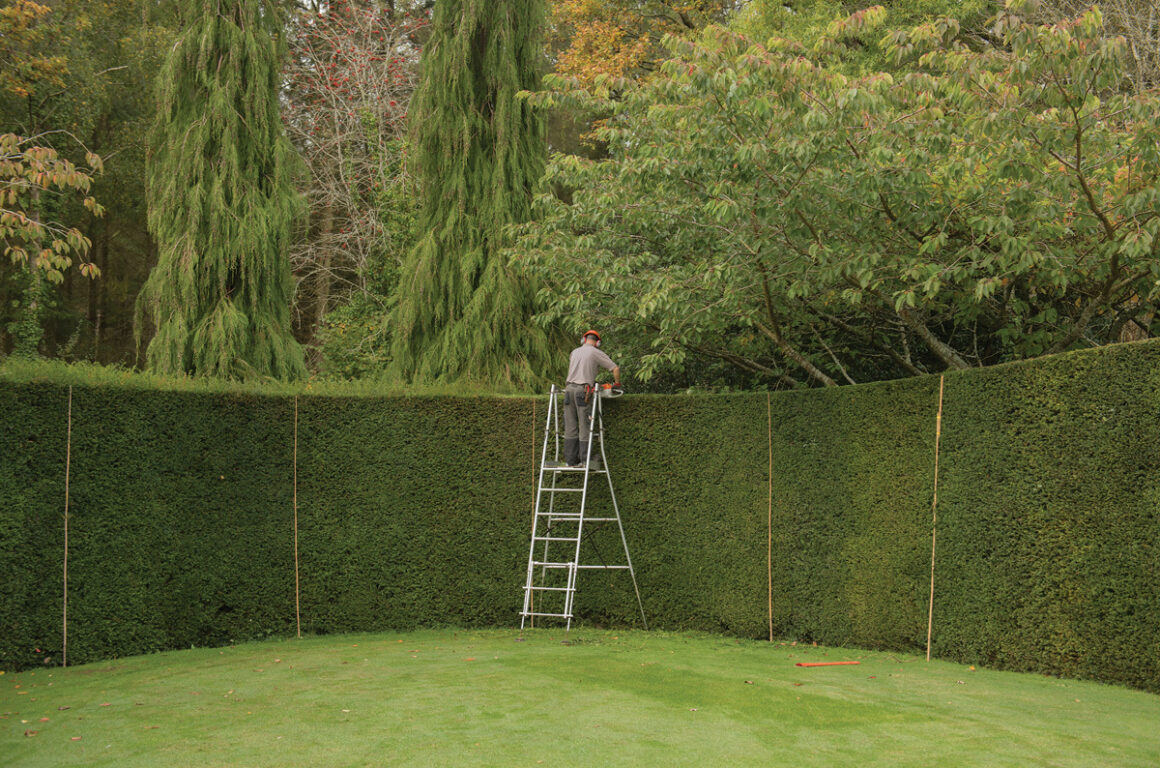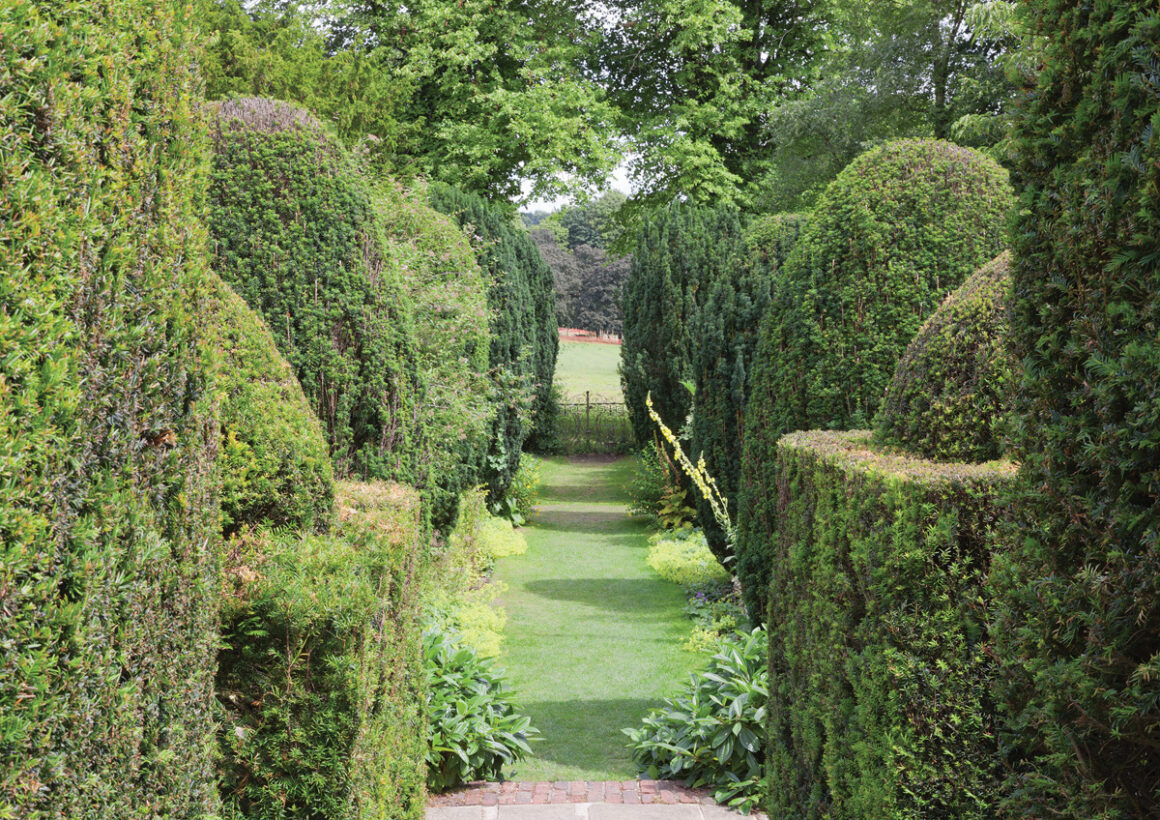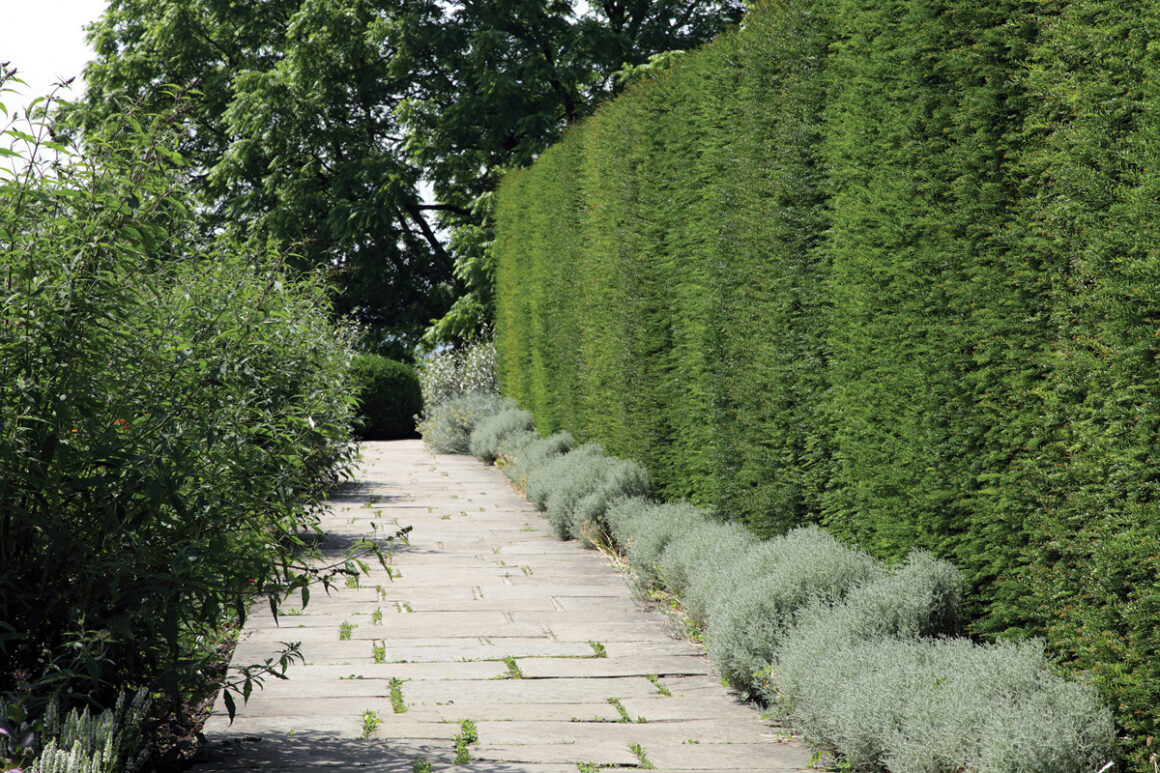Cultivating Green Boundaries
As our appreciation for sustainable living grows, so does the desire to cultivate a harmonious relationship with nature. One way to achieve this in the UK is through the artful practice of planting hedgerows. More than just a boundary, hedgerows offer a plethora of ecological benefits, contributing to biodiversity, soil health, and the overall aesthetics of the landscape.
The foundation of a successful hedgerow in the UK lies in thoughtful plant selection. Native species are ideal, as they are adapted to the local climate and support indigenous wildlife. Consider a mix of deciduous and evergreen plants to maintain year-round interest and habitat. Popular choices in the UK include hawthorn, blackthorn, hazel, and dog rose. These plants not only provide structure but also offer flowers, berries, and nuts that attract a diverse range of birds and insects.
Hedgerows in the UK act as vital corridors for wildlife, offering shelter, nesting sites, and food sources. By incorporating a variety of plant species, you create a diverse ecosystem that supports insects, small mammals, and birds specific to the UK. This biodiversity, in turn, contributes to natural pest control, as beneficial insects find refuge in the hedgerow, keeping unwanted pests in check.
Hedgerows in the UK play a crucial role in maintaining soil health. The roots of hedgerow plants help prevent soil erosion, stabilizing the land and reducing the risk of nutrient runoff. As the plants shed leaves, twigs, and other organic matter, they contribute to the development of rich, fertile soil. This natural mulching process enhances soil structure, moisture retention, and nutrient levels, tailored to the unique conditions of the UK.
The process of planting a hedgerow in the UK involves more than simply placing saplings in a row. Consider the following steps for a successful establishment specific to the UK:
Site Preparation
Clear the area of weeds and grasses to reduce competition for nutrients, taking into account the specific soil conditions of the UK. Dig a trench that is wide and deep enough to accommodate the roots of your chosen plants.
Planting
Space the plants according to their growth habits and ultimate size, considering the typical weather patterns of the UK. Water the saplings thoroughly before planting, ensuring they have a healthy root system.
Mulching
Apply a layer of organic mulch around the base of each plant to suppress weeds, retain moisture, and provide additional nutrients as it decomposes, taking into consideration the local fauna.
Regular Maintenance
Keep the hedgerow well-pruned to encourage bushy growth and maintain its shape. Pruning should be done during the dormant season to minimize disturbance to nesting birds, adhering to UK wildlife conservation guidelines.
In a world where environmental conservation is paramount, planting hedgerows in the UK represents a small yet impactful act of stewardship. These green boundaries not only serve practical purposes but also contribute to the restoration of natural habitats and the preservation of biodiversity specific to the UK. As we cultivate our gardens and landscapes, let us embrace the beauty and ecological richness that hedgerows bring, creating a legacy of sustainability for generations to come in the UK.


